1. 概述
在本篇文章中,我们将深入讲解两个控制计算机指令执行的重要组件:程序计数器(Program Counter)和指令寄存器(Instruction Register)。
我们会分别介绍它们的作用和工作原理,并通过图示展示它们在CPU中的协同工作流程。最后,还会对比它们之间的核心差异。
2. 程序计数器(Program Counter, PC)基础
程序计数器是一种专用寄存器(Special Purpose Register),用于存储当前CPU即将执行的指令在内存中的地址。
✅ 程序计数器的核心功能是:
- 指向下一个要执行的指令的内存地址
- 在指令执行完成后自动递增
1,以便指向下一条指令
⚠️ 注意:这里的“递增 1”并不一定代表增加 1 字节,而是增加一个指令单位所占的内存长度,具体取决于架构设计。
程序计数器相当于程序执行的“导航器”,它帮助CPU在执行过程中保持正确的执行顺序,特别是在跳转、分支、函数调用等操作中尤为重要。
3. 指令寄存器(Instruction Register, IR)基础
指令寄存器用于存储当前正在执行的机器指令(Machine Instruction),而不是地址。它属于CPU控制单元的一部分。
✅ 指令寄存器的关键作用包括:
- 存储从内存中取出的指令
- 提供给控制单元进行指令解码(Decode)
- 控制后续的执行流程(如ALU操作、内存访问等)
现代CPU中通常包含多个寄存器,例如索引寄存器、数据寄存器、堆栈指针等,而IR是控制指令执行流程中不可或缺的一部分。
指令寄存器中的内容决定了CPU下一步要做什么,比如是加法运算、跳转还是内存读写。
4. PC 与 IR 的工作流程
程序由一系列指令组成,每条指令的长度可能不同。例如,有些指令是1字节,有些可能是3字节。
我们来看一个示例:
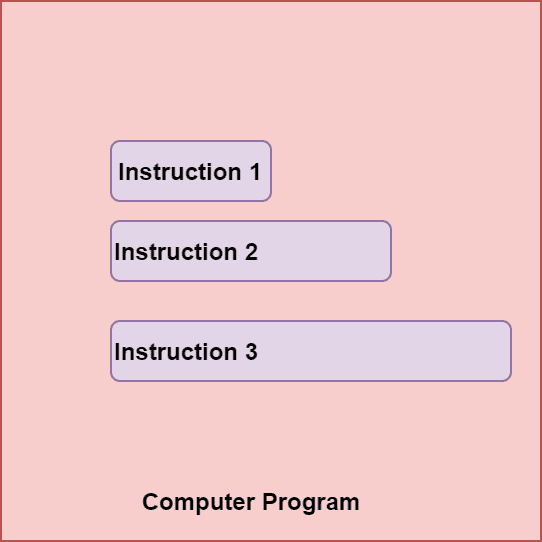
上图中,一个程序包含3条指令,它们的长度各不相同。程序存储在程序内存(Program Memory)中。
由于程序内存的宽度是固定的,如果某条指令太长,就需要拆分成多个部分存储:
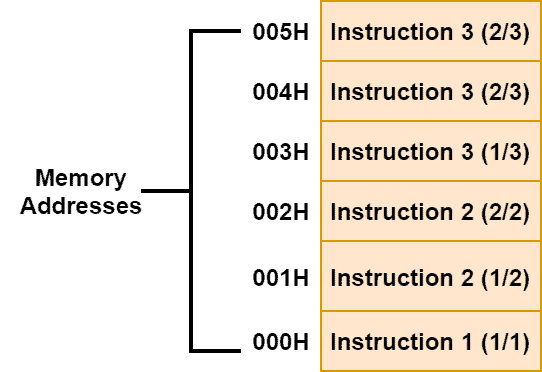
如图所示,指令2被拆成2部分,指令3被拆成3部分。PC和IR配合工作,确保这些拆分的指令能被正确地读取和执行。
初始状态下,程序计数器PC的值为000:
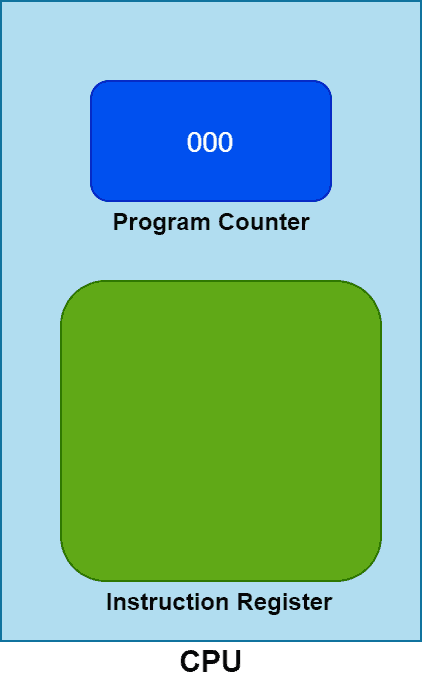
CPU开始运行后,首先根据PC的值从程序内存中取出指令:
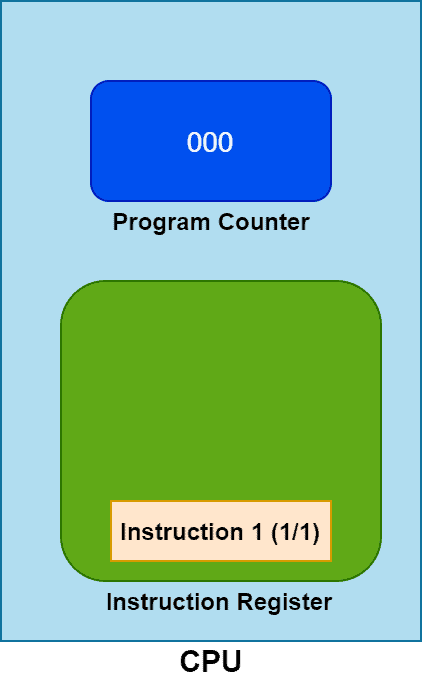
取出后进入解码和执行阶段。执行完成后,PC自动递增1:

接着,CPU再次根据PC的值读取下一条指令:
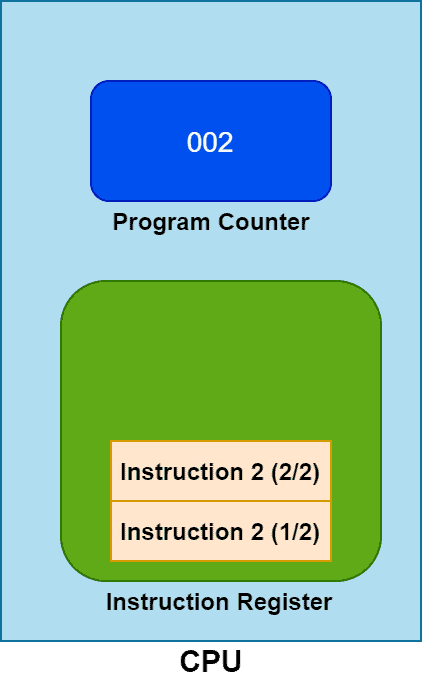
如果当前指令不完整(比如被拆分),CPU会继续递增PC,直到完整读取整条指令并放入IR中执行:
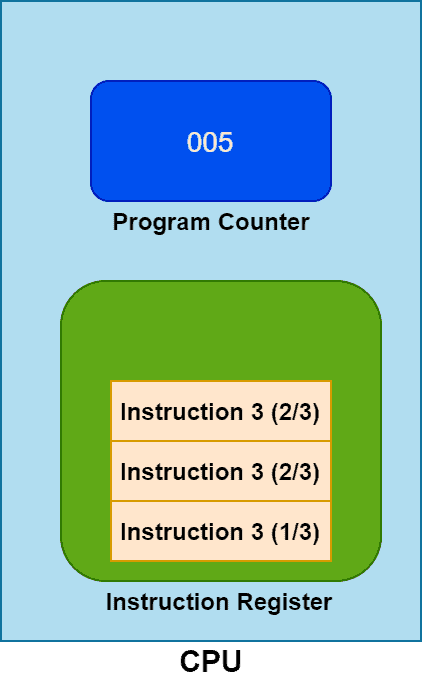
这个流程不断循环,直到程序执行完毕。
5. PC 与 IR 的核心区别
| 特性 | 程序计数器(PC) | 指令寄存器(IR) |
|---|---|---|
| 存储内容 | 下一条指令的内存地址 | 当前正在执行的指令内容 |
| 作用 | 帮助CPU定位下一条指令 | 帮助CPU解码并执行当前指令 |
| 执行后行为 | 自动递增 | 保持当前指令,等待执行 |
| 所属部件 | 程序控制流 | 控制单元(Control Unit) |
6. 总结
本文详细介绍了程序计数器和指令寄存器的基本概念、工作原理以及它们在CPU执行流程中的协同作用。
- ✅ 程序计数器负责控制指令执行顺序
- ✅ 指令寄存器负责存储当前指令供解码和执行
- ✅ 它们共同构成了CPU指令执行流程的核心机制
理解这两个组件的工作方式,有助于我们更深入地掌握底层计算机体系结构,也能帮助我们在系统级编程、性能调优、甚至漏洞分析中更好地定位问题。